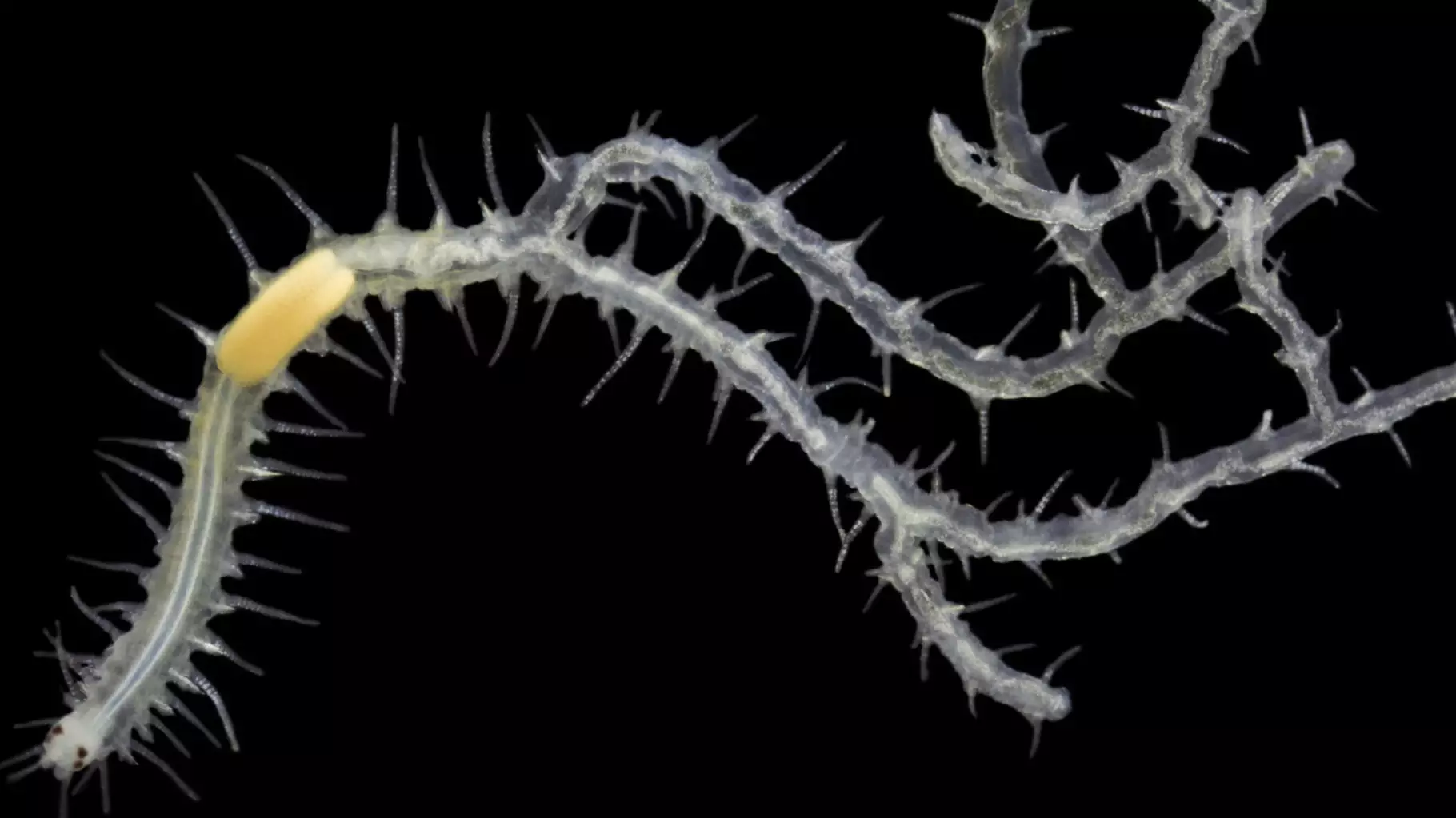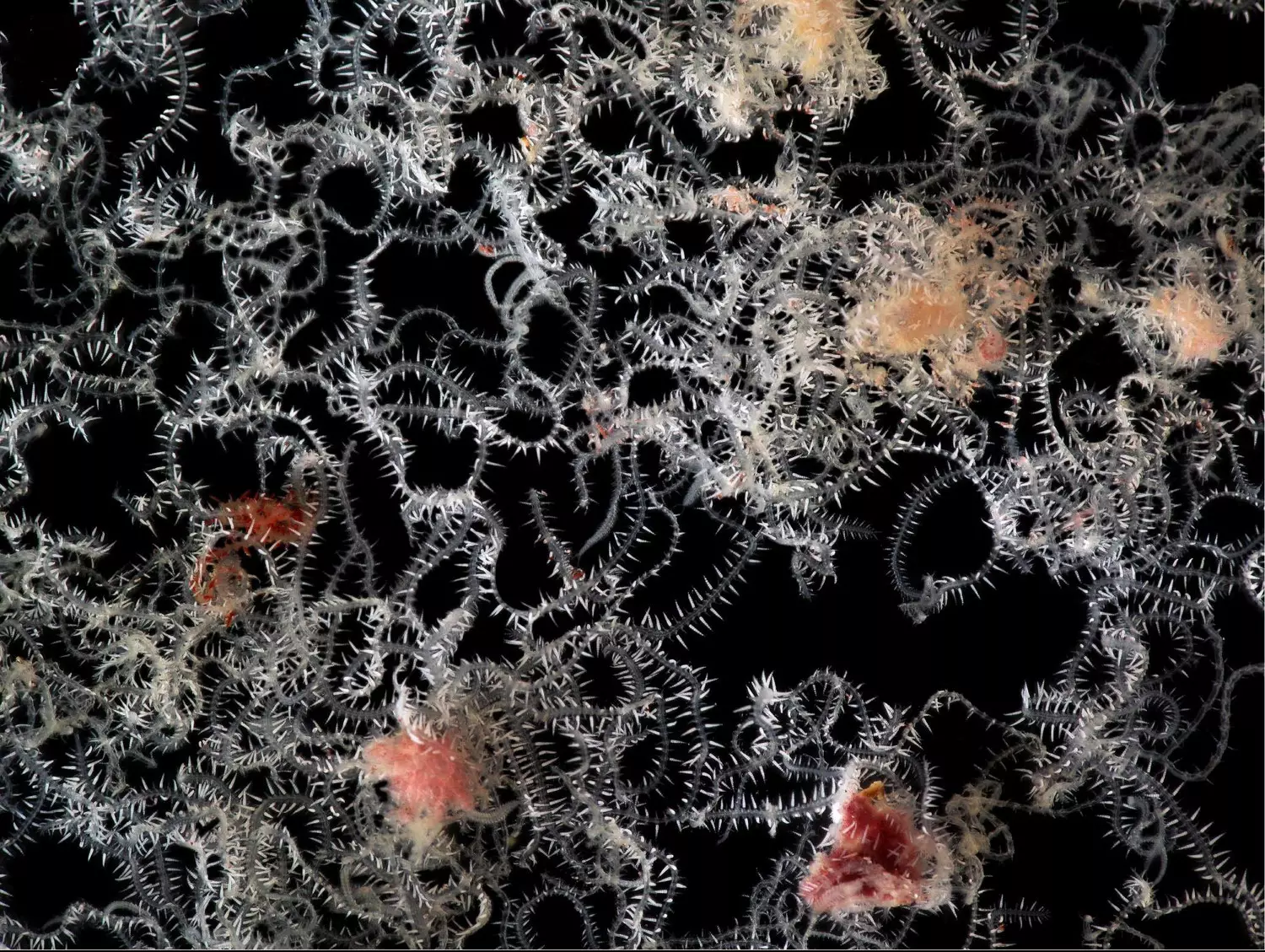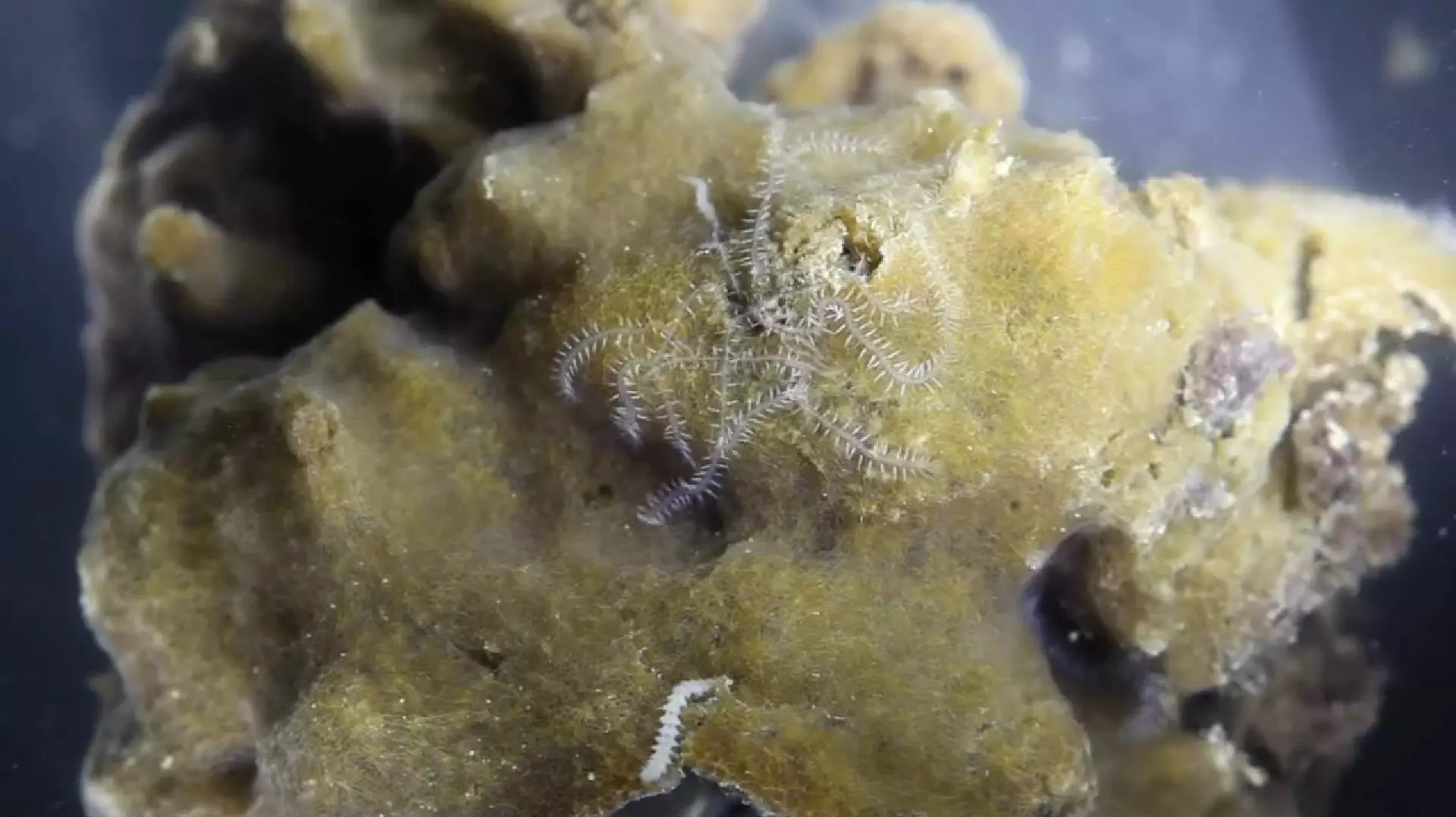
Scientists have uncovered a bizarre sea creature that has one head and a hundred anuses.
The Ramisyllis multicaudata was found within the sponges off the the coast of Australia.
The strange marine worm was discovered near Darwin way back in 2006, but a detailed study of the creature has only recently been completed.
Advert
Scientists have now revealed that when its body divides, so do its organs. As a result, its branching digestive tract leads to hundreds of different anuses.
Speaking about the incredible discovery, Dr Maite Aguado, from the University of Göttingen, who co-authored the new study in the Journal of Morphology, said it could develop more than 1,000 branches.
"The animal is a marine worm, but instead of having a body like a tube or a cylinder with an anterior part and a posterior end, it has one head, but multiple posterior branches," she said.

"That's why it is called 'the tree syllid-worm' or 'the animal that looks like a tree'.
Advert
"We were able to count more than 500 branches in one specimen, but we think that they can easily reach 1000.
"This animal has one mouth - one head - but hundreds of anuses!"
The head, Dr Aguado says, is usually kept safe inside the sponge while the branches of its body spread out, emerging at the external pores.
She explained: "We think that this body is perfectly adapted to live within sponges.
Advert
"If the worm lived outside, having one head but multiple branches would be fatal for moving and escaping predators, for instance.
"However, living inside the sponge, the animal is protected, explores the canals and easily moves inside."
The creature is also incredibly fragile, breaking apart very easily.
During the lengthy research, scientists also discovered how it reproduces.
Advert
Dr Aguado explained: "The posterior segments get full of gametes (sperm or ovules), they develop swimming paddles, and a new 'head' with eyes and nervous ganglia arises.

"When this 'stolon' is ready, it detaches from the anterior end and swims to find other stolons of the opposite sex.
"What makes this animal special is that - since it has thousands of posterior ends - it is able to produce thousands of stolons."
Advert
Despite the in-depth research, however, some questions about the creature still remain a mystery, at least for now.
She added: "There is still a long way to go to fully understand how these fascinating animals live in the wild.
"For example, this study has concluded that the intestines of these animals could be functional, yet no trace of food has ever been seen inside them.
"So it is still a mystery how they can feed their huge branched bodies.
"Other questions raised in this study are how blood circulation and nerve impulses are affected by the branches of the body."
Featured Image Credit: Pen News